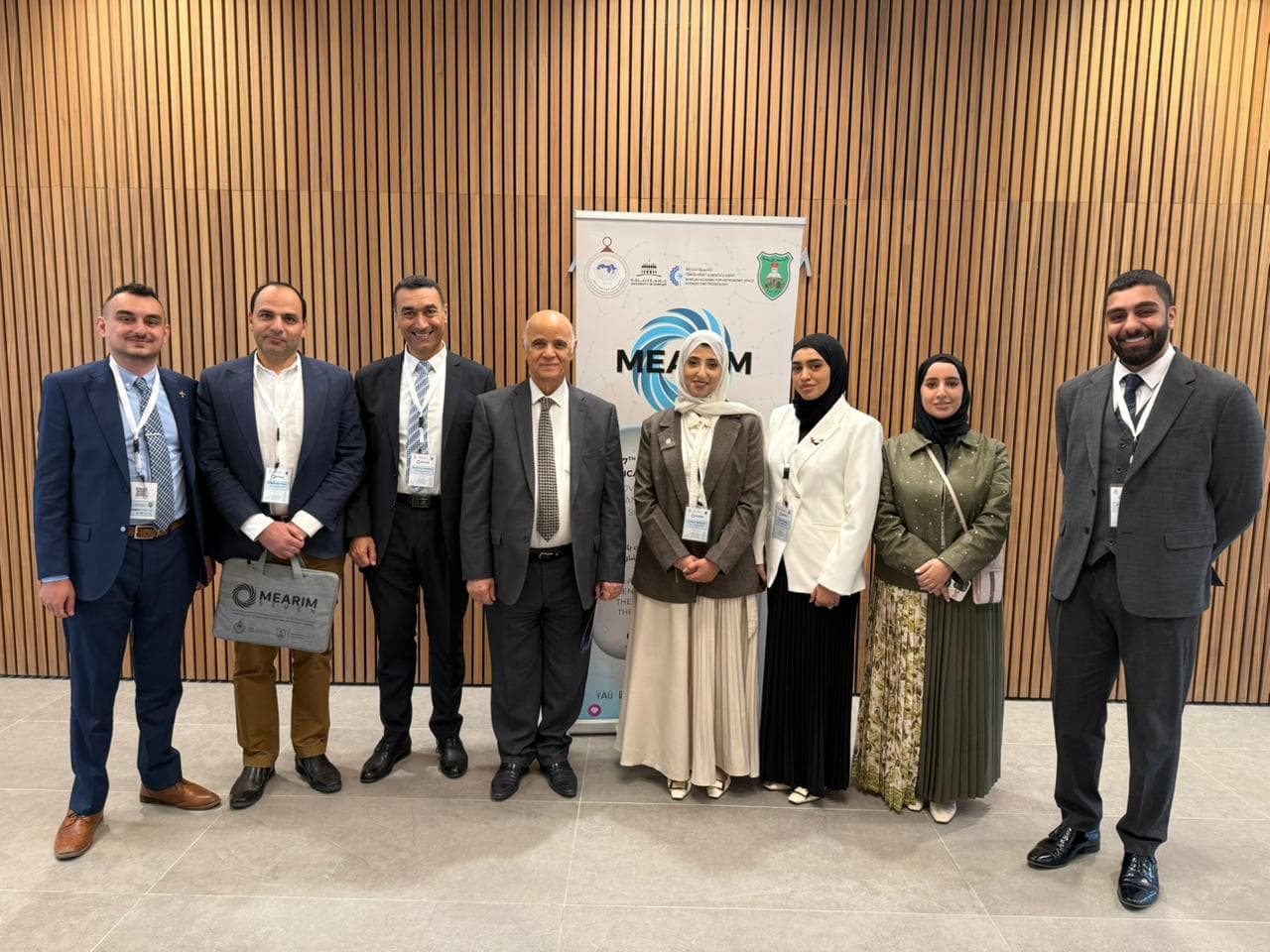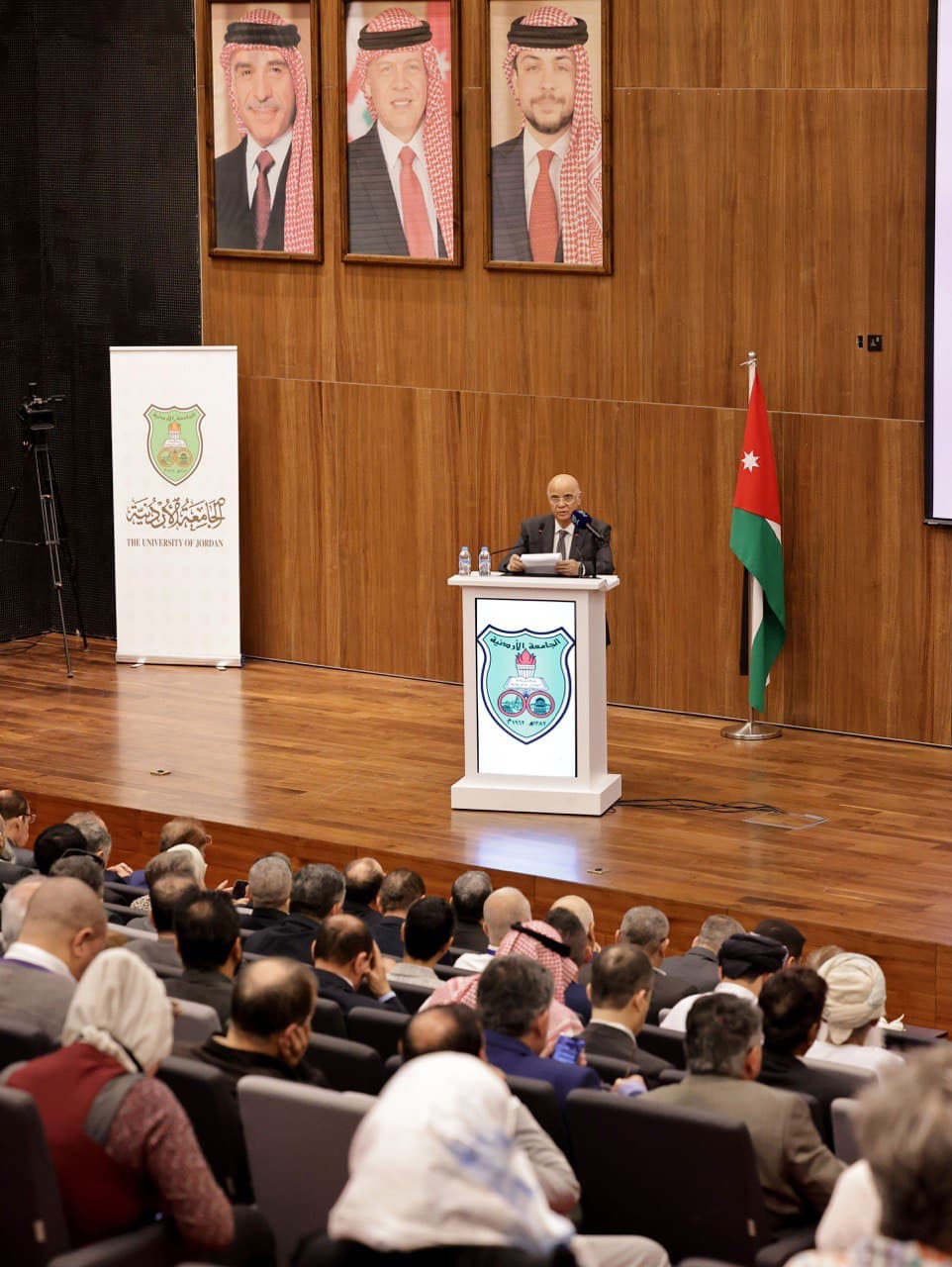Global
SAASST Strengthens Regional Ties at 7Th Regional Conference of the International Astronomical Union in Jordan
Reinforcing its commitment to advancing scientific research and deepening regional collaboration, the Sharjah Academy for Astronomy, Space Sciences, and Technology (SAASST) at the University of Sharjah participated in the seventh regional meeting of the International Astronomical Union for the Middle East and Africa (MEARIM7). The conference, held in Amman, Jordan, from 11 to 13 November 2025, ran under the theme “Developing Space and Astronomy for a Sustainable Future.”
This year’s edition of the conference was organized jointly by SAASST, the Arab Union for Astronomy and Space Sciences (AUASS), and the University of Jordan, under the framework of the International Astronomical Union. The event served as an active platform that brought together leading scientists, researchers, and experts in astronomy, physics, and space sciences from across the Middle East and Africa, with the goal of strengthening academic collaboration and exchanging insights and expertise among regional and global research institutions.
In his address to the attendees, H.E. Professor Hamid M.K. Al Naimiy, Director General of SAASST, draw attention to the vital importance of Arab, regional, and international cooperation in space sciences and astronomy. He described such collaborations as a strategic step toward reaffirming the Arab world’s scientific and technological standing. Prof. Al Naimiy noted that space and astronomical technologies now play a central role in global development strategies, influencing essential sectors such as security, communications, energy, health, and the environment, while empowering future generations with advanced knowledge and technical skills to drive sustainable growth.
He went on to highlight the significant progress Arab nations have achieved in building robust infrastructures for research institutions and observatories. Continued scientific collaboration, he added, is key to developing innovative technologies that serve humanity. Prof. Al Naimiy also emphasized that SAASST stands as a pioneering model in the region, offering an integrated educational and research environment through its postgraduate programs at the University of Sharjah. The academy thus serves as a regional and international benchmark for excellence in space and astronomical education.
SAASST’s participation in MEARIM7 reflects its commitment to showcasing its cutting-edge research in space and astronomy. The academy presented findings from its studies on near-Earth objects (NEOs) and planetary defense, as well as its work on evaluating astronomical sites in the Arab region—efforts that support initiatives to strengthen the astronomy infrastructure across the Middle East. The academy also sought to forge research partnerships with participating observatories and universities, exchange technical expertise in observation and data analysis, and engage in scientific sessions and specialized workshops promoting regional scientific collaboration.
The academy presented several research papers spanning observational astronomy, space science applications, and astrophysics. Professor Zouhair Benkhaldoun introduced a study titled “Assessment of Atmospheric Sites for Astronomical Observation in the Middle East and North Africa: Focus on the Arabian Peninsula,” highlighting favorable mountain conditions in the UAE and Oman for establishing future observatories.
Fatima Al Khatri presented “Observing Near-Earth Asteroids Using the Sharjah Optical Observatory,” which assessed potential asteroid impacts and emphasized how regional monitoring enhances early detection and risk mitigation. Anood Al Zaabi shared her paper, “Morphological Classification of Wide- and Narrow-Tailed Radio Sources Using Artificial Intelligence,” exploring AI’s role in improving the accuracy of classifying bent-tail radio galaxies and understanding their physical evolution.
Meanwhile, Mohammed Raihan discussed “Exploring the Universe with a Low-Cost Radio Telescope,” detailing the design and implementation of an affordable instrument for research, education, and public outreach. Ammar Issa presented a paper outlining community engagement initiatives linked to the academy’s observatories during the 2024–2025 academic year.
Engineer Youssef Farroukh contributed two papers: one on the Sharjah project studying the dynamics of coating adhesion and erosion on lunar surfaces, and another providing an overview of the academy’s Satellite Laboratory. His presentation showcased recent achievements in satellite development, payload design, and lunar science research.




